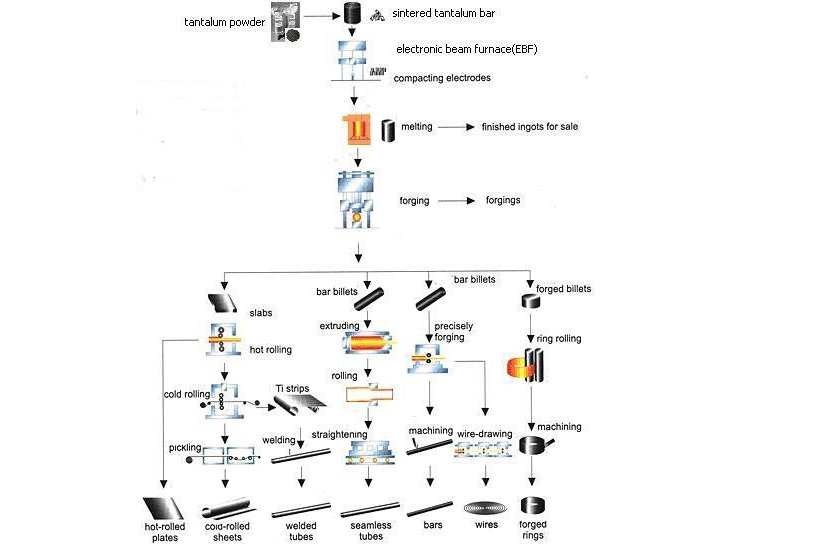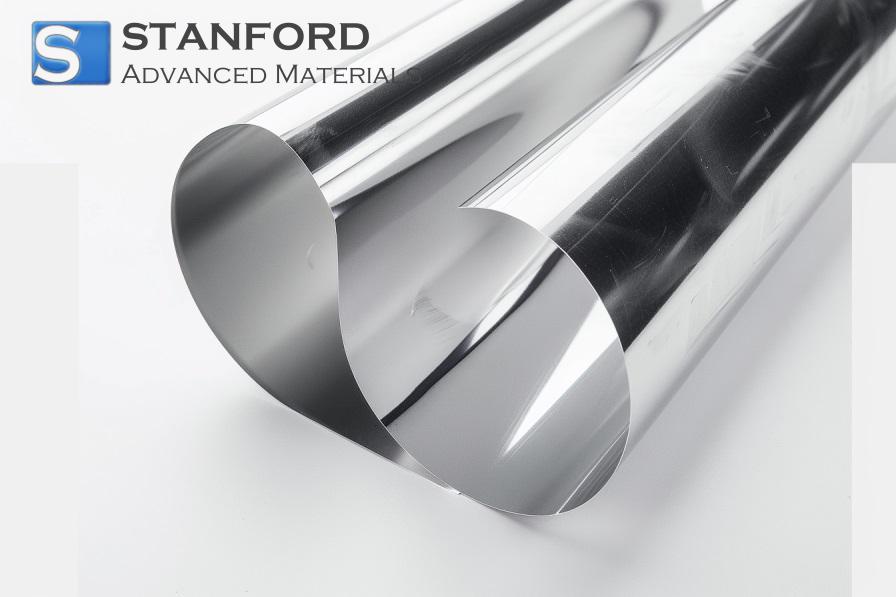What Are The Uses Of Machining Products Of Tantalum
Tantal was discovered in 1802 by the Swedish chemist A.G. Ekeberg. It is named after Tantalus from Greek mythology. Tantal is chiefly contained in tantalite and is usually accompanied by niobium. It exhibits moderate hardness and high ductility. Tantal can be drawn into fibre‐thin sheets. It possesses defined chemical properties and a high degree of corrosion resistance. Consequently, Tantal is used in electronics, metallurgy, steel manufacturing, the chemical industry and carbide production. It is also employed in nuclear energy, superconducting applications, automotive electronics, aerospace and the medical sector.

The primary application of Tantal powder:
Tantal powder is primarily used in electronic circuits and capacitors. It is the main component in medical devices and automotive parts. Tantal powder is found in devices such as laptops, mobile phones, flat panel televisions and battery chargers.
The primary application of Tantal sheets:
Tantal sheets exhibit a high degree of corrosion resistance, surpassed only by gold and platinum. Consequently, they are often used in chemical reaction facilities such as coating reactors, valves, heat exchangers, protective systems and water tanks. Tantal sheets can also be utilised in the manufacture of corrosion‐resistant Tantal connection elements such as screws, nuts, bolts and threaded rods.
The primary application of Tantal wire and Tantal rod:
Because Tantal is biocompatible, Tantal wire is frequently employed in the medical field. It serves as a primary material for the repair of joints and bones. It is also used for suturing clips and vascular stents in medical equipment. Tantal rod is the raw material from which Tantal wire is produced. It is also used in the manufacture of Tantal crucibles. These crucibles are primarily employed in high‐temperature furnaces and are used in the crystal, rare earth and metallurgical industries.
The application of Tantal in alloys:
Vacancy atoms in Tantal and steels, such as carbon and nitrogen, exhibit high affinity. The compounds formed with them remain stable at high temperatures. Research has indicated that the addition of Tantal can significantly increase the strength of an alloy. Currently, Tantal usage in alloys is limited to the research stage and sees minimal practical application.

 Bars
Bars
 Beads & Spheres
Beads & Spheres
 Bolts & Nuts
Bolts & Nuts
 Crucibles
Crucibles
 Discs
Discs
 Fibers & Fabrics
Fibers & Fabrics
 Films
Films
 Flake
Flake
 Foams
Foams
 Foil
Foil
 Granules
Granules
 Honeycombs
Honeycombs
 Ink
Ink
 Laminate
Laminate
 Lumps
Lumps
 Meshes
Meshes
 Metallised Film
Metallised Film
 Plate
Plate
 Powders
Powders
 Rod
Rod
 Sheets
Sheets
 Single Crystals
Single Crystals
 Sputtering Target
Sputtering Target
 Tubes
Tubes
 Washer
Washer
 Wires
Wires
 Converters & Calculators
Converters & Calculators
 Write for Us
Write for Us



 Chin Trento
Chin Trento


